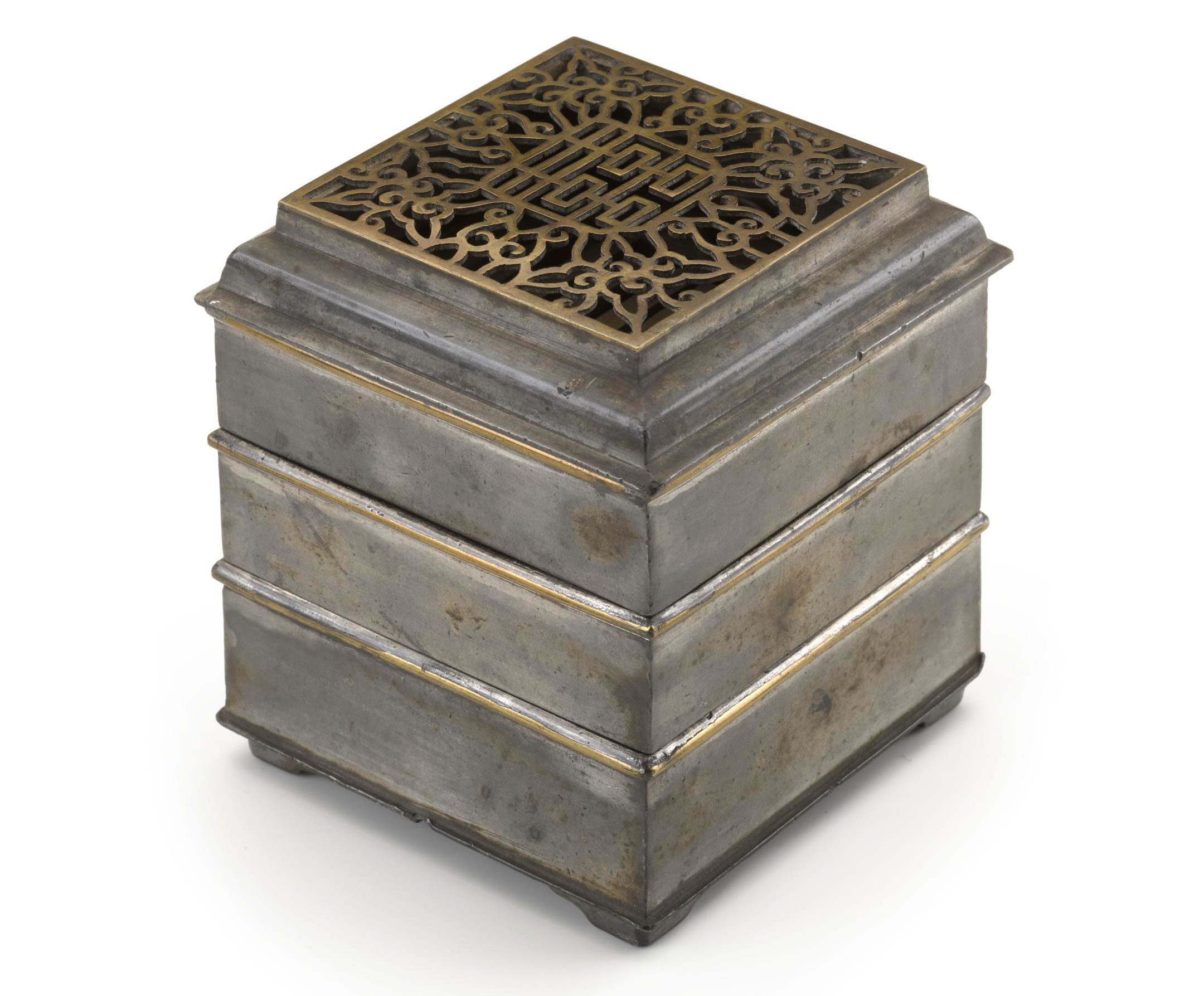When we think of the word ‘clock’ we often think about mechanical objects, perhaps the shrill digital alarm that woke you up this morning, or the handiness of the portable watches which help us keep time daily.
Clocks however take a variety of different forms, with the Science Museum Group Collection representing everything from hourglasses and water clocks (also known as Clepsydrae), to Astronomical and incense clocks.
But today, I wanted to take a moment to look at the smoky signallers of the time measurement world, Chinese incense clocks!
Chinese incense clocks have three main uses; practical, recreational and religious.
Practically, a clock needs to be able to tell the time.
This can be done through sound, sight, touch or smell. There are early records of incense clocks being used in China from 1073AD, where a severe drought in the countryside caused many municipal clepsydrae to stop working.
This solution replaced water with fire in the form of the “Hundred Gradations Incense seal”, a public incense clock which could burn for up to 100 nights.
Recreationally, powdered incense clocks were mainly used in China as personalised and portable time-keeping devices for homes.
Metal (nickel, silver, pewter) versions were lighter and smaller than their wood and stone predecessors and therefore became a popular gift used by Chinese scholars and intellectuals.
Incense smoke would waft through the grate and would strengthen and change over time stirring the emotions of scholars. These gift incense clocks would often overtly feature Chinese symbols of growth and prosperity.
This example from the Science Museum Group Collection features the Chinese “double happiness” character, shuāng xǐ (囍), as part of the latticework. Shuāng xǐ (囍) is a widely used Chinese character which represents love, marriage and literally “happiness”.
Other featured characters could be Fú (福), meaning good fortune, or chūn (春) both characters heavily associated with Chinese spring festival and a way of adding a personal touch to the gifted clock.
Incense seals, sticks and spirals were also used for religious time telling, keeping the time during festivals and important rituals. Incense spirals were given notches in order to keep track of time, and though incense is still a common feature in East Asian temples they now primarily feature as votives rather than time measurement instruments.

Find out more about how this smoky signaller works in this episode of Stories From The Stores:
Still seeking incense thrills? Check out this fire clock example.

